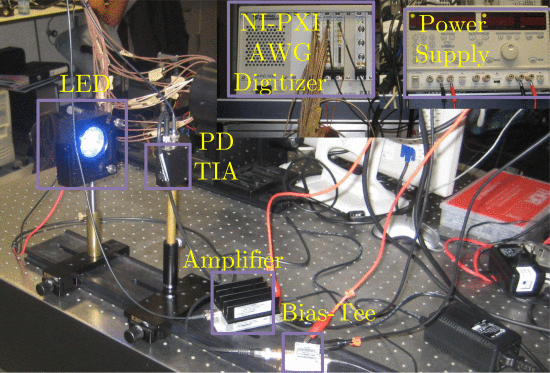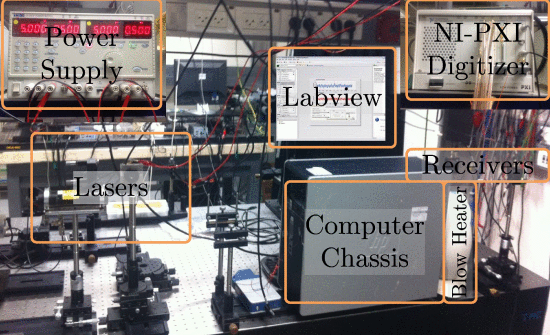Shlomi Arnon Group
Our Work
Our areas of research are listed below, just click to see more.
Biomedical Optics


Our research is dedicated to revolutionizing breast cancer detection through non-invasive means, utilizing non-ionizing radiation. Unlike conventional methods that rely on radiation, such as mammograms, CT scans, and PET scans, our innovative approach harnesses the power of optics, quantum technologies, and artificial intelligence for precise and accurate cancer detection. This pioneering method, funded by the FET (Future and Emerging Technologies) European project "Cancer Scan" from 2019 to 2023, leverages light to detect breast cancer, marking a significant advancement in medical technology.
Check the latest publication related to this area of research.
Our research extends beyond breast cancer detection to encompass cutting-edge brain imaging and sensing technologies. We're pioneering non-invasive methods like brain diffuse optical tomography and brain subsurface imaging, utilizing near-infrared light to visualize brain activity and deep structures with remarkable precision. These advancements hold promise for diagnosing neurological disorders and monitoring brain health without invasive procedures.
Check the latest publication related to this area of research.
Quantum Communication & Quantum Key Distribution
Our research in quantum communication and Quantum Key Distribution (QKD) aims to redefine the landscape of secure information transfer. While traditional methods often rely on vulnerable encryption systems, our focus lies in harnessing the power of quantum phenomena for robust and unbreakable communication channels. Utilizing principles of quantum mechanics, our team is dedicated to developing innovative solutions that transcend the limitations of classical encryption. Through Quantum Key Distribution (QKD), we aim to establish secure communication channels immune to eavesdropping and interception.
Check the latest publication related to this area of research.

Optical Wireless Communication (OWC)

Our research in the area of optical wireless communication aims to revolutionize the way information is transmitted. Departing from conventional methods, we leverage the unique properties of vortex beams to establish novel communication channels. By utilizing vortex beams, our team focuses on overcoming the limitations of traditional wireless communication systems. These beams, characterized by their spiral phase structure, offer unprecedented opportunities for enhancing data transmission capacity and improving signal quality. Our goal is to unlock new avenues for high-speed, reliable, and secure data transfer, shaping the future of wireless communication networks.
The works under OWC are funded by Israel Science Foundation (ISF).
Check the latest publication related to this area of research.
Satellite communication and security
In our research within the field of satellite communication, we are dedicated to pushing the boundaries of connectivity and data transmission. With a focus on satellite communication systems, we seek to enhance global connectivity and bridge digital divides across remote regions. Our approach involves exploring innovative techniques and technologies to optimize satellite communication networks. By leveraging advanced satellite systems and protocols, we aim to improve bandwidth efficiency, minimize latency, and enhance overall performance. Through developing novel solutions, we aim to unlock the full potential of satellite communication for a wide range of applications, including telecommunications, broadcasting, and remote sensing.
Check the latest publication related to this area of research.

Environmental protection and Agrotechnology

We focus on environmental protection and agrotechnology by developing automated, real-time monitoring systems for soil water and air. These systems empower growers with vital information, such as nitrate or ammonia levels, through continuous data monitoring, optimizing both productivity and resource protection. For example, by monitoring soil conditions, growers can make informed decisions about fertilization and irrigation to maximize yields while minimizing water waste and pollution.
Check the latest publication related to this area of research.







